Supply Chain Optimization
Supply chain optimization is increasingly recognized as a critical driver in the Industry 4.0 Market. The advent of advanced technologies allows for greater visibility and control over supply chain processes. By 2025, it is anticipated that companies will invest heavily in digital supply chain solutions, enhancing their ability to respond to fluctuations in demand. Technologies such as blockchain and advanced analytics provide transparency and traceability, which are essential for building trust among stakeholders. Furthermore, optimized supply chains can lead to significant cost savings and improved customer satisfaction. As organizations strive for agility and resilience, the focus on supply chain optimization will likely intensify, positioning it as a key factor in achieving competitive advantage.
Enhanced Connectivity and IoT Integration
The proliferation of the Internet of Things (IoT) is a pivotal driver in the Industry 4.0 Market. Enhanced connectivity facilitates seamless communication between machines, systems, and devices, leading to improved operational efficiency. As of 2025, it is estimated that the number of connected devices will surpass 30 billion, significantly impacting manufacturing processes. This interconnectedness allows for real-time data collection and analysis, enabling organizations to make informed decisions swiftly. Furthermore, the integration of IoT technologies fosters predictive maintenance, reducing downtime and operational costs. Companies that leverage IoT capabilities are likely to gain a competitive edge, as they can respond to market demands more effectively and optimize resource allocation.
Workforce Transformation and Skill Development
Workforce transformation is a vital driver in the Industry 4.0 Market, as the shift towards automation and digital technologies necessitates a re-evaluation of workforce skills. Organizations are increasingly investing in training and development programs to equip employees with the necessary skills to thrive in a technology-driven environment. By 2025, it is expected that the demand for skilled workers in areas such as data analytics, AI, and robotics will surge. This transformation not only enhances employee productivity but also fosters innovation within organizations. Companies that prioritize workforce development are likely to experience lower turnover rates and higher employee satisfaction, ultimately contributing to their long-term success in the Industry 4.0 Market.
Regulatory Compliance and Standards Development
Regulatory compliance and the development of industry standards are emerging as significant drivers in the Industry 4.0 Market. As technologies evolve, governments and regulatory bodies are establishing frameworks to ensure safety, security, and ethical practices. By 2025, it is anticipated that compliance with these regulations will become increasingly critical for organizations operating in the Industry 4.0 Market landscape. Adhering to established standards not only mitigates risks but also enhances brand reputation and customer trust. Furthermore, organizations that proactively engage with regulatory developments are likely to gain insights that can inform their strategic decisions. As the Industry 4.0 Market continues to mature, the importance of regulatory compliance will likely grow, shaping the future of industrial operations.
Artificial Intelligence and Machine Learning Adoption
The adoption of artificial intelligence (AI) and machine learning (ML) technologies is transforming the landscape of the Industry 4.0 Market. These technologies enable advanced data analytics, allowing organizations to derive actionable insights from vast amounts of data. By 2025, it is projected that AI-driven solutions will account for a substantial portion of manufacturing processes, enhancing productivity and innovation. AI and ML facilitate automation of complex tasks, improving accuracy and reducing human error. Moreover, these technologies support the development of smart factories, where machines can learn from their environment and adapt to changing conditions. The integration of AI and ML not only streamlines operations but also fosters a culture of continuous improvement within organizations.
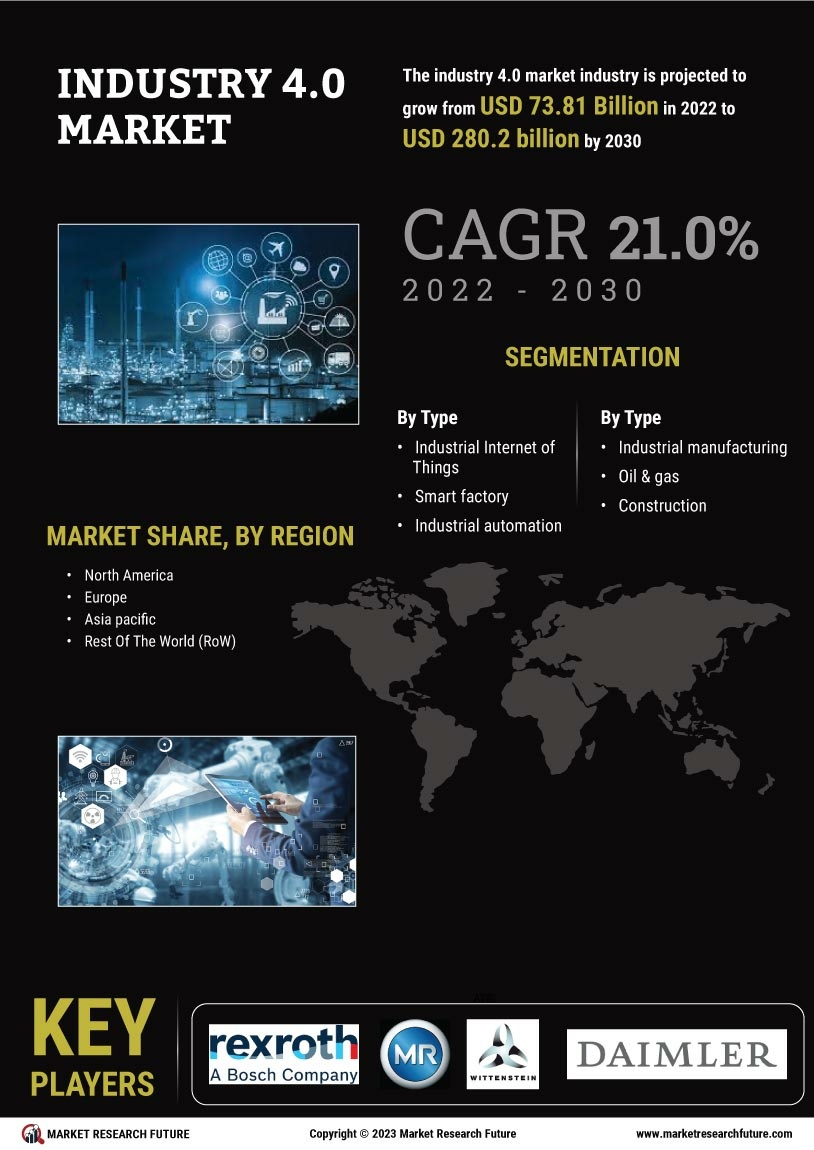
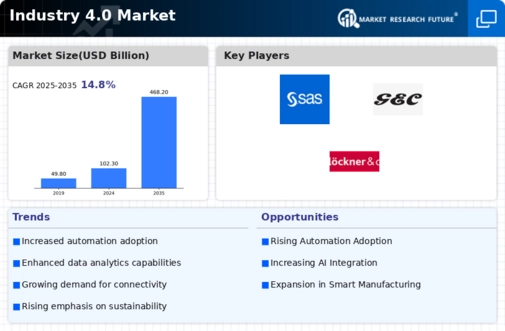
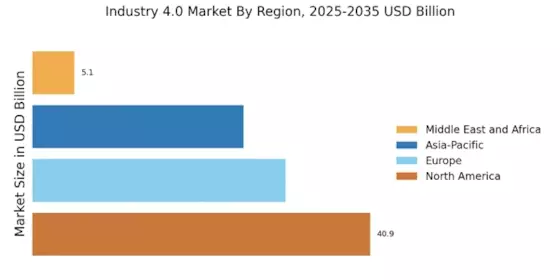
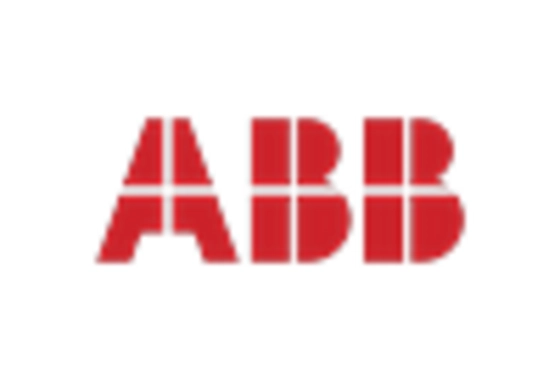
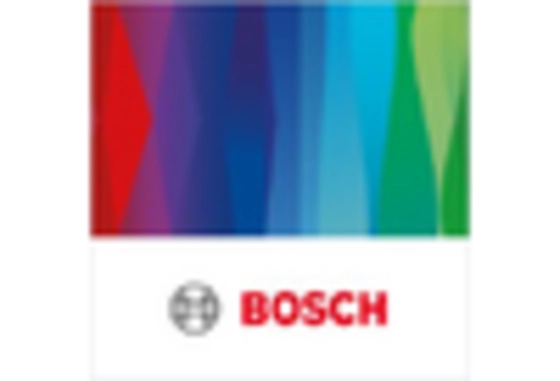
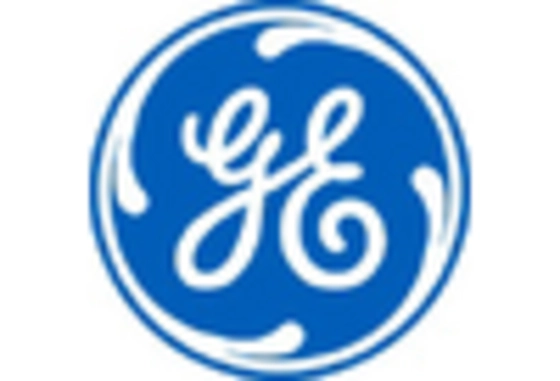

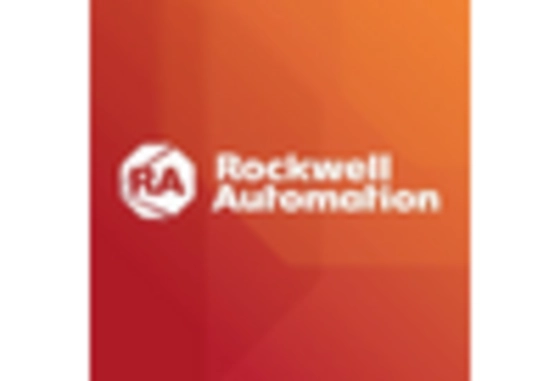









Leave a Comment